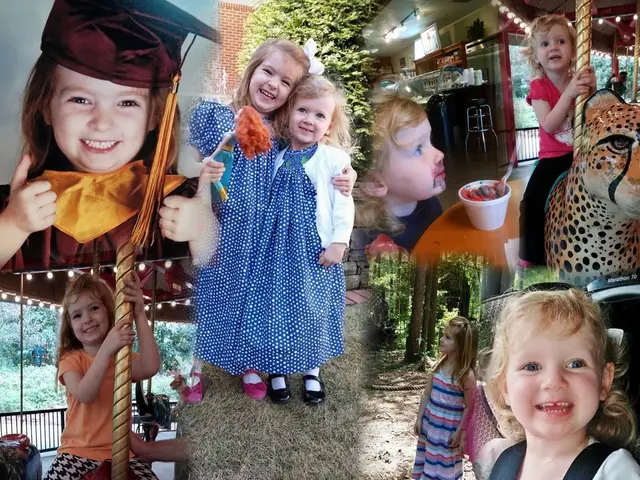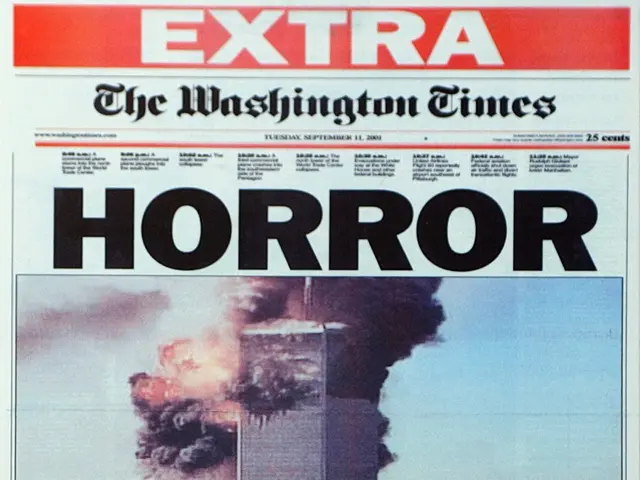Mastering High-Concept Screenwriting: Essential Tips for screenwriters starting out
High-concept screenwriting is all about creating movies that instantly grab your attention with a crystal clear, universally appealing premise. These scripts are meant to appeal to a wide audience, often featuring broad themes and memorable characters. In this guide, we'll discuss:
- Iconic High-Concept Films: Examine examples like "Jurassic Park" and "Inception"
- Key Ingredients: Learn how to create a captivating logline and master visual storytelling
- Creative Challenges: Discover strategies to balance originality with character development
High-concept movies are more than just clever ideas; they're box office hits with lasting appeal.
Grasping High-Concept in Screenwriting
The term "high-concept screenwriting" gets tossed around frequently, but what exactly does it mean? Essentially, it's about penning scripts with a core idea that is easily understood and incredibly appealing to a vast audience. Unlike low-concept films which dive deep into character development and complex plots, high-concept movies hook viewers with their universal, clear themes.
Consider classics like "Jurassic Park" where the simple yet exhilarating idea of dinosaurs roaming in a modern world captivates audiences right from the get-go. Or think of "Inception," which keeps viewers guessing with its unique concept of dreams within dreams. These films demonstrate that a powerful, simple hook can elevate a story to legendary status.
A high-concept movie stands out because it:
- Provides an Immediate Understanding: The idea is straightforward and intriguing from the very first look.
- Attracts a Wide Audience: The themes resonate globally, regardless of cultural differences.
- Boosts Marketing Potential: Easier marketing due to its immediate and viral appeal.
By comprehending these key elements, you can craft stories that not only engage but also sell.
Foundational Elements of High-Concept Screenwriting
Constructing a successful high-concept screenplay requires blending several crucial components. These elements create an exciting blueprint for your story.
- Arresting Logline: A must-have. It's that one-sentence pitch that encapsulates the essence of your script. It needs to be catchy, intriguing, and hinting at the fascinating conflict or premise.
- Universal Themes: Focus on big ideas like love, survival, justice, or freedom – themes that everyone understands.
- Strong Protagonist: A standout character navigating an extraordinary premise keeps audiences captivated.
- Steep Stakes: Increase the suspense. Clear objectives and high risks keep the narrative thrilling and intensify tension.
- Eye-catching Visuals: Leverage storytelling to enhance the film's visual appeal, drawing viewers in with striking visuals and powerful imagery.
Each of these elements plays a distinct role, forming the foundation of a gripping high-concept screenplay.
Crafting a Captivating Logline
Loglines are vital because they communicate your story's essence at a glance. A strong logline captures your script's overall vibe in a single thought:
- Clear and Compelling: Nail down the essential aspects – what makes your story stand out? The logline should grab the reader's attention instantly.
- Intriguing Twist: Introduce a surprising element or conflict that suggests depth and drive in your narrative.
- Industry-Friendly: Not just a marketing tool; it's your script's invitation. This is what appeals to producers and investors.
A perfectly crafted logline isn't just an introduction; it's your screenplay's first step towards earning the coveted green light.
The Role of Creativity in High-Concept Development
Creating high-concept screenplays isn't just about crafting catchy loglines. It's about stretching narrative boundaries while breathing fresh life into universally understood contexts. Empower your creativity to shape and mold an idea that grabs attention.
Exploring new angles, genre fusion, and innovative storytelling techniques can help reinvent stories, making them feel fresh and engaging. Familiar can feel entirely new when presented creatively.
- New Perspectives: Experiment with different viewpoints to generate new plotlines.
- Genre Crossbreeding: Mixing genres can lead to surprising and exciting storytelling possibilities.
- Freewriting: Use this method to generate new ideas organically.
Creative sparks help transform concepts from ordinary to extraordinary. By breathing new life into traditional formulas, you're not just storytelling – you're shaping the future of cinema.
Marketability and Commercial Appeal
High-concept movies reel in big audiences and impressive returns. Their marketability stems from their unique appeal and commercial potential. So, what makes them successful?
- Instant Hook: Their straightforward premise makes marketing a breeze. Pitching a high-concept movie feels intuitive.
- Broader Universal Appeal: Themes that resonate globally ensure these films break through cultural barriers – like the enduring appeal of "Star Wars."
- Franchise Potential: Successful high-concept movies often spark sequels, prequels, and expansive merchandising.
Executives and producers adore these scripts because they envision the potential for massive returns. A high-concept movie's strong hook can fuel promotional campaigns, making sure the story reaches the maximum number of potential viewers.
Blockbusters aren't just about numbers; they create shared cultural moments that endure, making your movie a topic of conversation for years to come.
Challenges in Writing High-Concept Screenplays
Crafting a high-concept screenplay isn't devoid of its challenges. Balancing originality, simplicity, and character development is a delicate dance. Let's tackle some common challenges and offer solutions to overcome them:
- Avoiding Redundancy: While the concept needs to be clear, it shouldn't feel familiar or repetitive. Make your idea original but build on familiar elements to keep the audience interested.
- Character Depth: Preventing the concept from overshadowing character development is crucial. Ensure your characters have distinct personalities, backstories, and arcs that drive the plot.
- Wider Perspectives: Incorporate various viewpoints, including diverse cultural backgrounds and experiences, to create engaging, inclusive stories.
To conquer these challenges, embrace creativity, write from different angles, and prioritize character development alongside storytelling. Remember, successful high-concept movies strike that perfect balance between simplicity and depth, ensuring viewers come back for more.
How Greenlight Coverage Can Assist High-Concept Screenwriting
We offer expert feedback that refines your high-concept ideas for peak potential. Our process ensures your screenplay appeals creatively and commercially:
- Detailed Analysis: Break down your script's strengths and weaknesses, focusing on areas for improvement to boost its appeal.
- Insights from Industry Experts: Leverage our experienced professionals' insights to align your script with current trends, enhancing its chances of success.
- Personalized Feedback: Receive customized advice that elevates your script to meet high-concept standards and leave a lasting impression on the industry.
With our guidance, watch your screenplay evolve from a great idea to a release-ready masterpiece. Elevate its potential, refine its strengths, and embrace high-concept screenwriting like never before.
High-concept movies not only require ingenious ideas but also marketing strategies that capitalize on their wide audience appeal.
- Technology plays a crucial role as modern tools can help spread the word about a high-concept movie, increasing its marketing potential.
- Entertainment industries often target similar demographics, providing opportunities for cross-promotion, bolstering a movie's commercial coverage.








